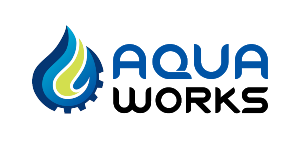Rainwater Harvesting System
Rainwater harvesting system in NZ
Many households and small businesses, rural schools and kindies, cafes, restaurants, and petrol stations have a rain harvesting system. Especially in rural areas in New Zealand, it is widespread to obtain drinking water by collecting rainwater from the roof and using it for all sorts of applications.
Collecting rainwater sounds easy? It is if you use the right products! However, many people think you only need a roof, gutters, downpipes and a collection tank. And rain, of course! This is generally right, but it does not consider special requirements such as the amount of water you will need to meet your individual needs. And also, the drinking water quality is not taken into account. An effective rainwater catchment system in NZ involves tested and proven products. Taumata Arowai offers a guided process for acceptable solutions to provide safe drinking water.
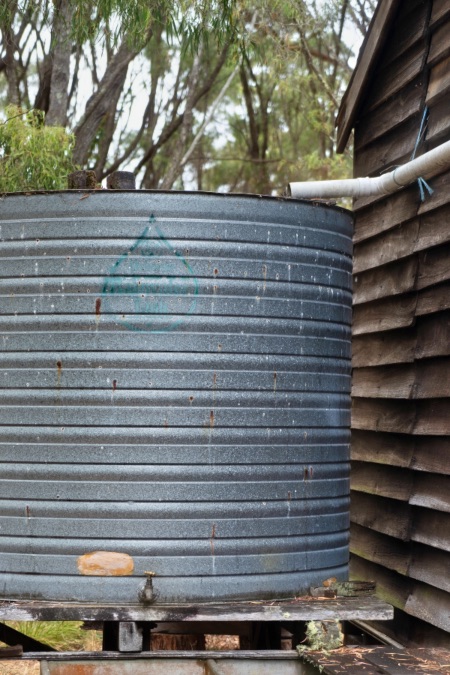
Rain catchment systems for health drinking water
A rainwater harvesting system can be used for a variety of applications. Do you just want to water your garden, or do you want to meet all your water needs with rainwater harvesting? An adequately designed rain catchment system can meet the needs of individual homes and large commercial buildings. Therefore, shape and size can be customised and implemented in various conditions.
Aqua Works has many years of experience applying high-quality products when designing and installing rainwater harvesting systems in NZ. We ensure that it is tailored to your needs and serves you safe and potable water. The applied products are adapted to the geographical conditions, such as the salty coastal air of New Zealand. It is also UV resistant to our harsh summer sun, with high UV levels over a long period.
Best rainwater harvesting system in NZ
With our many years of experience coupled with quality products, Aqua Works offers everything you need to collect, store, and treat your rainwater. We guarantee a consistently high level of drinking water safety.
The Journey of Your Rainwater
From gently falling on your roof to refreshing drinking water in your glass – 8 rain harvesting steps your rainwater takes.
1. Roof Surface
The first step in collecting rainwater is, of course, the meteorological conditions in your area. In New Zealand, just about any region is suitable for using a rainwater harvesting system. As soon as the rain falls on your roof, the rain collection process begins. In most cases, just about any roof surface is suitable for rainwater harvesting. However, the first dangers for contamination already lurk here.
Organic matters like bird poo, animal faeces or feathers/ fur collect on your roof and are washed into the water tank when the rain starts. Other inorganic fine particles such as building materials (bitumen, asbestos or paint), pollen, dust or spray drift (pesticides, herbicides) can detach from the roof surface. They pose a risk to the drinking water quality.
Therefore, additional safety precautions must be taken in the further course of the rainwater collection system to avoid this kind of contamination.
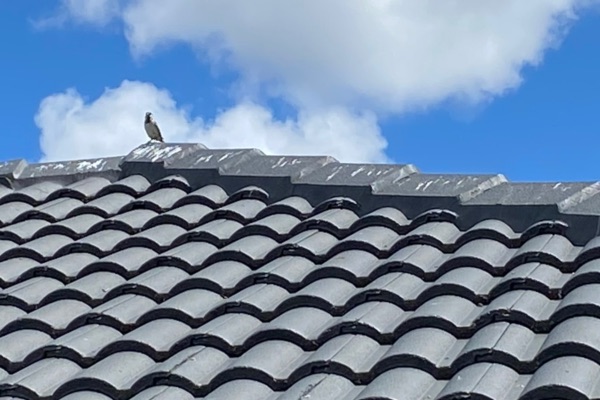
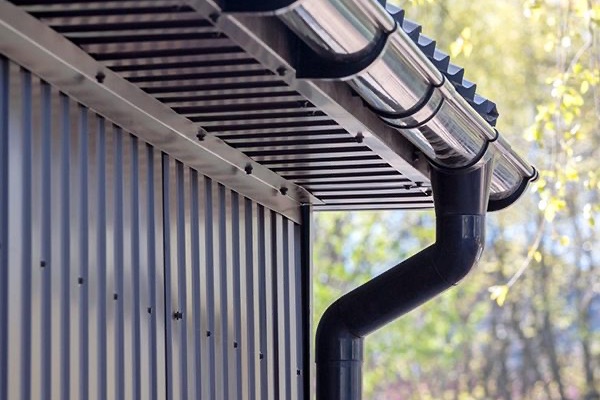
2. Gutters and downpipes
A rainwater harvesting system needs no particular gutter type and shape to collect rain effectively. Just about any gutter is suitable for the purpose of catching rain. Gutter guards like gutter brush, gutter bristles, gutter mesh, gutter whiskers, or foam help prevent larger debris such as leaves, small branches or flowers from entering the system. If vegetation gets into the gutters and downpipes, the journey to the water tank is short. Leafage can harm the quantity and, more importantly, the quality of the rainwater collected. In addition, it releases tannins and colour into the water (yellow or brown). Be aware that some vegetation is poisonous and thus contaminates the water supply.
Gutters influence water quality
However, more importantly, is the regular cleaning and maintenance of your gutters. Ensure your gutters have an adequate fall so the water is not staying in them. This is essential if the gutter and downpipes are out of metal, e.g. copper, as they can leach and contaminate your drinking water. The spouting and downpipes should ideally comply with AS/NZS 4020: 2005, which implies that they are certified safe for drinking water collection.
Anaerobic fermentation in the water tank or clogged water treatment systems are two possible effects of debris in the rain catchment system. Consequently, it is crucial to filter leaves and debris out of the rain catchment system.
3. Leaf Diverters, Downpipes Diverters and Rain Heads
Installing outlet strainers prevents large vegetation like branches or leaves from entering the downpipe system. The use of leaf and debris diverters also ensures fewer solid matter building up in the water tank. These sediments can severely impair water quality and increase exposure to in-line filters and water pumps. In addition, a downpipe diverter with its own leaf filter helps to stop debris and leaves from getting into the storage tank. At the same time, the spouting is cleaned.
Another solution for filtering rainwater before it enters the storage tank is the installation of rain heads, leaf eaters and leaf beaters. All these filters keep leaves and debris out of the lines and water tank, improving the quality of the collected rainwater. Blockages and anaerobic fermentation are prevented, insects and other pests cannot breed in the water tank.
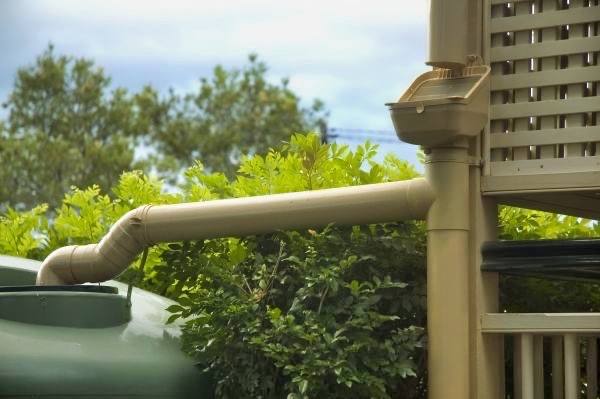
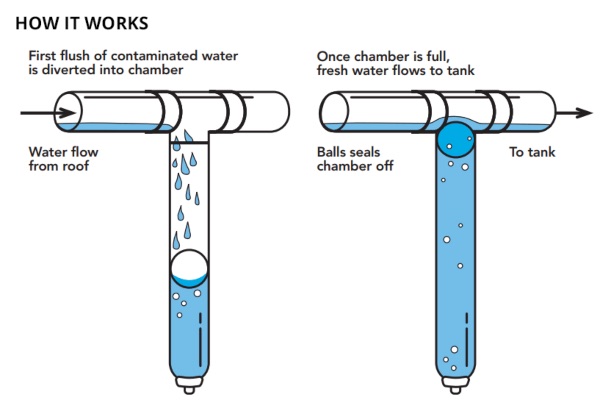
4. First Flush Diverter
The use of a first-flush diverter improves the quality of the collected rainwater enormously. Its primary purpose is the reduction of tank water contamination by diverting the first flush of contaminated rainwater away from the tank. During the first heavy rain, it is widespread for debris and other foreign matters accumulated over a long period to be washed off the roof and into the storage tank.
Thus, the first-flush diverter prevents dirty and contaminated water from entering the storage tank through the downpipes during the first flush by redirecting it away before the tank.
When the rain starts to fall, the first flow of polluted water from the roof is redirected into the diversion chamber. As soon as this compartment is full, a ball seals the chamber off, and clean water can flow into the water tank. By separating the first flush of contaminated water, suspended and dissolved organic and inorganic fine particles are removed from the catched rainwater before entering the tank. Consequently, it reduces sediment build-up in the water tank, post-tank pumps and filter systems. But it also lessens deposits in household fittings and appliances.
5. Pre-Tank Filter
Installing a pre-filter, such as the Maelstrom filter ensures clean water in the storage tank. The built-in ultra-fine secondary filter in the on-tank removes fine particles down to 180 micrometres. Consequently, the Maelstrom filters five times finer than conventional rain heads and other pre-tank filters. Therefore, you can expect to receive better rainwater quality and reduce the negative impact of sediments in your water tank, tank pumps and post-filters.
In addition, the Maelstrom Pre-filter ensures that a larger amount of filtered rainwater reaches the storage tank more quickly.
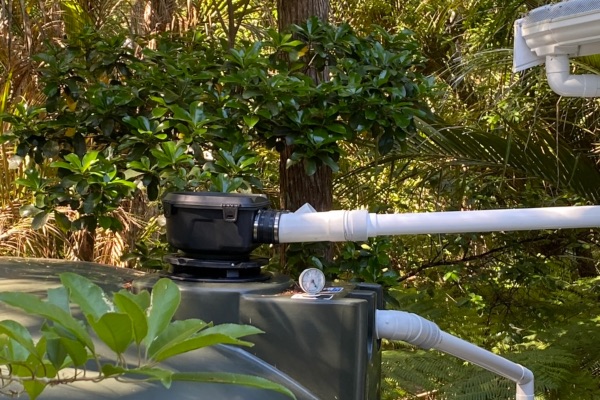
Due to its excellent water collection efficiency, you will store more clean water faster. Collect rainwater effortlessly with Maelstrom filter technology. Its self-cleaning design automatically flushes out contaminants and debris. The intrusion of leaves, pollen and dust is prevented using a prefilter. It also keeps mosquitoes, insects and other pests from the storage tank. Additionally, it can reduce light penetration into the tank and thus algae growth.
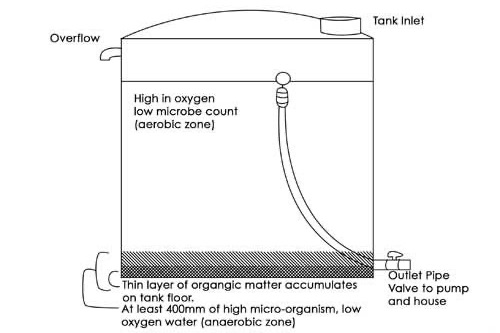
6. Floating Out-take/ Floating off take valve
You only extract the cleanest water from your water tank using a floating out take/ floating off take valve. How is this possible? The floating out take/ floating off take valve floats in the storage tank just below the water surface where the freshest water is. This process uses a float to which a suction line is attached that suspends just below the water surface. On the other side, the suction line is connected to the tank outlet. This way, it allows the cleanest water in the tank to be extracted instead of water from the bottom, where sediment builds up. As the water level sinks, so does the float. Thus, water is always drawn from the same water level, just below the surface, where it is freshest and has the highest oxygen content.
Installing a floating out take/ floating off take valve in your rain collection system decreases the amount of maintenance required, as minimal sediment enters your water supply.
7. Calmed Inlet
With a calmed inflow in the water tank, resuspension of sediments at the bottom of the tank is avoided. Especially during heavy rainfall, the water enters the tank at a high flow rate. Consequently, debris and sediments that have settled to the bottom of the tank can be resuspended. By installing a calmed inlet, the water flows smoothly into the tank. It eliminates the risk of turbulence resuspending sediments. In addition, the tank water is enriched with oxygen in the lower area, reducing the risk of anaerobic fermentation. This way, you can enjoy clean and sediment-free water directly taken from your storage tank.
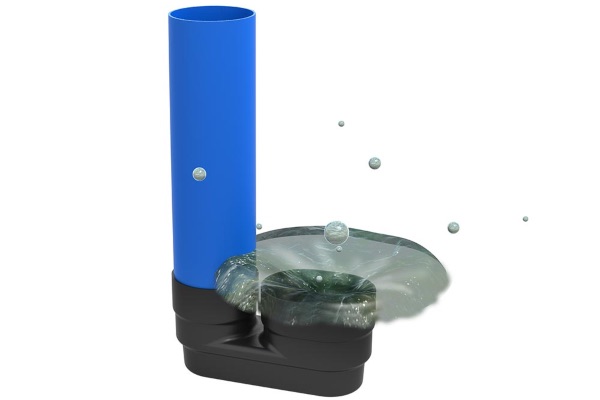
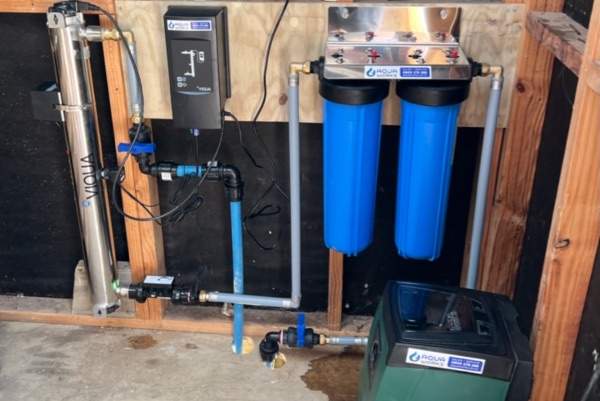
8. Post Tank Filters – UV Filters
The last step in the process of a rainwater harvesting system is to filter out any remaining, mostly invisible contaminants from the water. Post-tank filters serve as an additional quality check to ensure that your water fits its purpose and is of drinking water quality.
At Aqua Works, we recommend our customers to employ a UV filter system. A UV filter eliminates pathogenic germs, bacteria and viruses. Whether E.Coli, Giardia or Legionella, UV filtration kills them all. After installing the UV filter system, we shock-dose all lines. This final step guarantees that your drinking water is of the best quality at every possible tapping point in the house. It is now considered as potable. UV is the most cost-effective way to potable water and meets all the regulations. Without a UV or a suitable equivalent, your water would be considered non-potable or “raw” water.
In addition, there are other filter options, such as ozone tank water treatment. The AquaZone Ozone system will continuously treat, condition and filter the entire contents of your tank water using ozone as an effective, economical and proven technology. Furthermore, Aqua Works offers innovative product technologies to reduce odour and colour in your drinking water or remove other undesirable substances. Our passionate team is happy to help you find the right system so you can enjoy the drinking water you deserve.
Residential rainwater harvesting system
Aqua Works designs a rainwater collection system tailored to your domestic needs. First-Flush diverter, pre tank filters, calmed inlet or UV filter system – we ensure to install the best products for potable water.
Perfect Rainwater Harvesting Starts With The Right System
A well-designed rain harvesting system ensures that your collected rainwater is fit for purpose and free from contamination. Whether it is vegetation or algae, fine particles or bird poo, small rodents or insects, all have no business in your drinking water. At the same time, a carefully designed rain harvesting system guarantees that you maximise the amount of rainwater collected and maintain the rainwater quality in your water tank. If you want a rain harvesting system that delivers clean rainwater, we recommend following these 4 steps.
1. Understanding your individual needs to have a sufficient rainwater supply
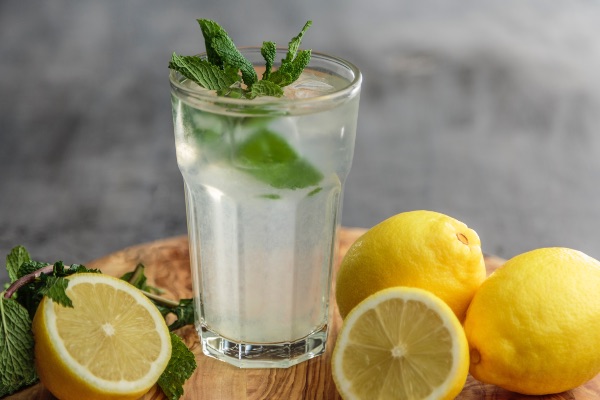
Collecting, storing and treating rainwater provides a sustainable source of water. This is perfect for use inside and outside your home/business. An efficiently designed rainwater harvesting system covers all your water needs in rural areas that are not connected to the public water network. At the start, there are two primary questions to answer. How will you use your rainwater? Make a list of all the intended uses for your rainwater. This step brings clarity to the quality of rainwater you will need. The most common uses of rainwater are drinking water, toilets and washing machines, watering the garden and washing the cars. Any rainwater harvesting system should be designed so that you have enough clean rainwater for all these occasions.
How much water must the rainwater harvesting system collect?
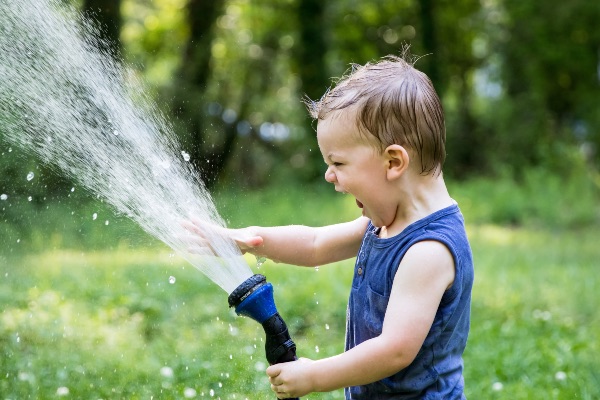
The second question to answer is how much water is needed and how much rainwater must be collected. From our many years of experience, water demand is very individual. It varies greatly depending on the household or commercial business. When calculating water consumption, the following should be taken into account. How many people live in your home? What are your showering/bathing and washing habits? How often and how many guests do you have on average per year? How efficient are the water-consuming appliances (dishwashers, washing machines, showerheads)? What is the size of your property, and what is the outdoor demand, e.g. filling up the swimming pool, watering the garden or washing the cars.
2. Understand your environment and have “potable” water for all your water needs
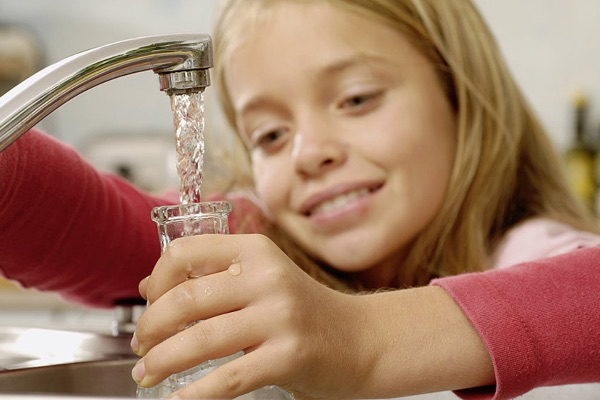
When we talk about “potable” water, we refer to water that is not a health hazard and is suitable for human consumption. Potable water can be used without hesitation for drinking, cooking and washing food. It can also be used for brushing your teeth, bathing and showering with confidence. Mains is granted to be potable.
However, suppose you want to use the collected rainwater for human consumption. In that case, you must take measures to protect and improve the water quality. Since drinking water quality is paramount, we strongly recommend consulting an expert. This will ensure that the water flowing from your taps is potable. Additionally, you can be sure that your rain harvesting system uses the most appropriate water filtration and water treatment systems.
Managing environmental challenges for potable water
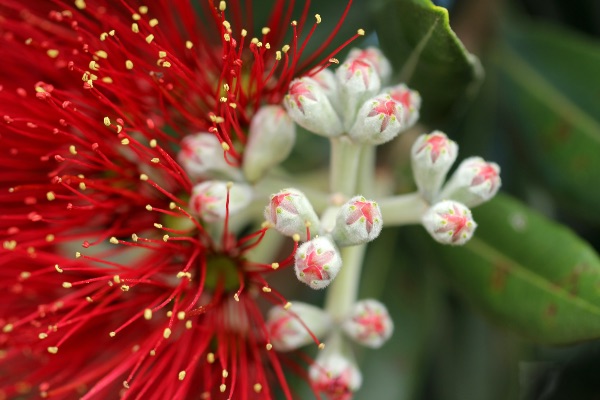
The quality of your rainwater depends on many different environmental factors. Knowing and understanding these is essential to provide consistent drinking water safety. Your roof is a catchment basin for all sorts of contaminants. Bird poo, dust and chemicals from roofing materials can accumulate on your roof. Rotting leaves, seeds and pohutukawa flowers collected in the gutters can enter the tank via the downpipes.
Additionally, unwanted intruders, such as sunlight, smaller rodents and insects can also affect the quality of your rainwater. We even found possums dead in storage tanks which causes the contamination with E Coli bacteria. All these factors influence the quality and quantity of your rainwater.
3. Protect your rain harvesting system
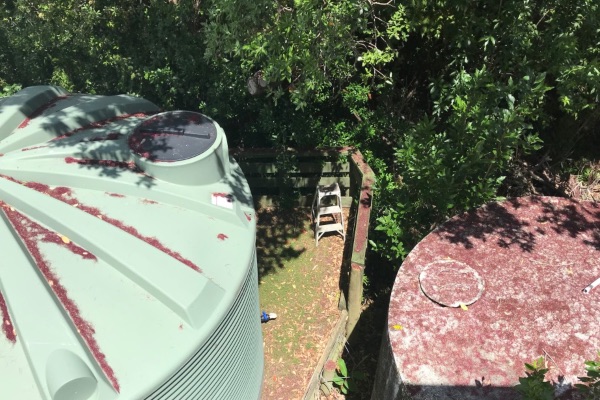
Understanding the environment of your rain harvesting system and solving the challenges associated with it will guarantee you sufficient, clean rainwater for human consumption. As every property and building is different, you must consider each environmental factor carefully to ensure the consistent quality and quantity of your rainwater supply.
First, make sure that your roof is suitable for collecting rainwater. Here, the roof materials and the surrounding vegetation are critical to evaluate. The goal is to eliminate possible sources of rainwater contamination, e.g. by installing gutter meshes. The next step is to plan the volume of your rainwater catchment system. Considering the roof area, your individual water demand, the average annual rainfall and other regional and seasonal characteristics. Installing a Maelstrom filter will help you reduce water loss and install a high-level water tank overflow to increase the storage volume.
Limit sources of contamination
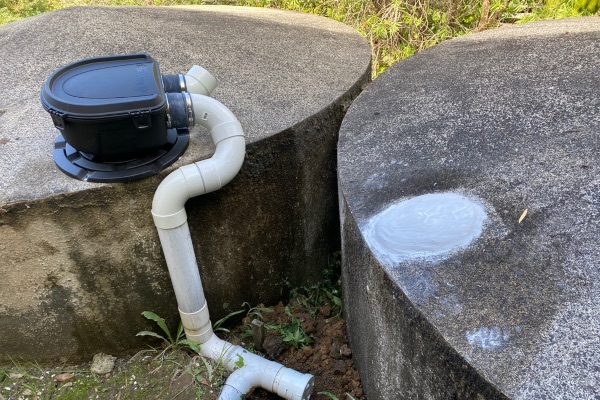
Keep leaves, debris and insects out of your rain harvesting system before entering the tank by installing leaf eater rain heads or using a pre-filter. In addition, installing a First Flush Diverter will help keep the most polluted rainwater out of your storage tank. The next step is to deal with standing water in the pipes. Installing a wet-dry valve or a first flush inground diverter will help to ensure that the lines are automatically drained between rainfalls. It is essential to block sunlight penetration to prevent algae growth in the tank. If necessary, using a pre-filter, a solar shield, or even a safety net will prevent contamination. The final step is to use an appropriate water filter, such as a UV filter after your pump. This downstream filter will eliminate any microorganisms and pathogens still in the rainwater.
Ultimately, it is crucial to regularly service the entire rain catchment system, including the water pump and UV filter. If you follow these steps, you will enjoy clean and healthy drinking water throughout the year.
4. Fit-for-purpose rainwater with the proper rain catchment system
At Aqua Works, we take special care to use only tested and proven products. The collection, storage, filtration, and distribution of captured rainwater requires careful planning and a well-thought-out concept. Therefore, the perfectly designed rainwater collection system has advanced protective layers. This helps prevent contamination and thus provides clear, colourless and odourless drinking water. By using quality equipment, we guarantee potable water throughout the entire water cycle.
In general, the design of a rainwater collection system can be distinguished into two different models, depending on whether the tank is set up as a wet or dry system.
Design of a typical “wet” rain harvesting system
In a “wet” system, the pipes run from the gutters down the building into the underground and back up into the storage tank. Since the lines are below the level of the tank inlets, they do not drain out during periods of low rainfall but remain filled with water. With this type of installation, the pipes must be fitted with screens at both ends. It ensures no insects enter the rainwater collection system and breed in the storage tank. Furthermore, we recommend installing a “First Flush Water Diverter” at the tank. In addition, you can install another First Flush Diverter directly at the downpipe to reduce the amount of water to be diverted at the tank. However, its primary function is to take the necessary first flush from the roof.
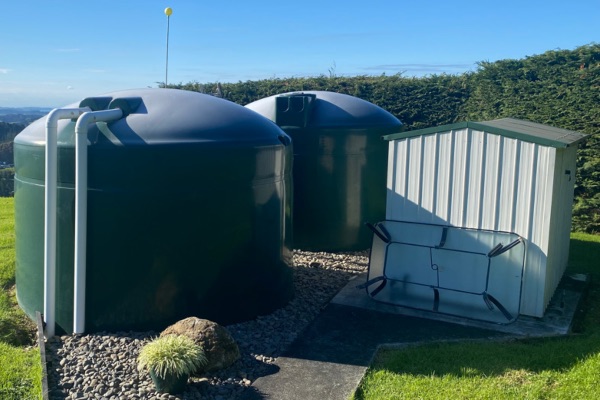
However, a wet rain harvesting system often contains very smelly water in summer. The water temperature in the pipes can rise high so that insects breed in the stagnant water. Therefore, we recommend where it is possible a flushing point at the lowest point of the pipework. Run a pipe with a cap and flush the system before the rain comes. This prevents stinking water from entering the tank.
Consequently, a wet system is more advantageous as it is often not practical to run the pipes directly from the gutters to the tank due to the size of the building and the location of the tank. In addition, there are definitely aesthetic points in favour of a wet system.
Design of a typical “dry” rain harvesting system
In a “dry” system, roof pipes run above ground between the rain gutter and the tank. Thus, the water flows directly into the storage tank and does not stand in the underground lines. A dry system is so-called because the rainwater collected on the roof drains entirely into the water tank via the pipe gradient.
Consequently, the pipes run completely empty between rainfalls and dry out. Unlike a “wet” rain harvesting system, dry systems do not have an increased risk of insects breeding in stagnant water pipes or anaerobic fermentation. However, using various filters, such as rain heads, is essential to maintain excellent water quality.
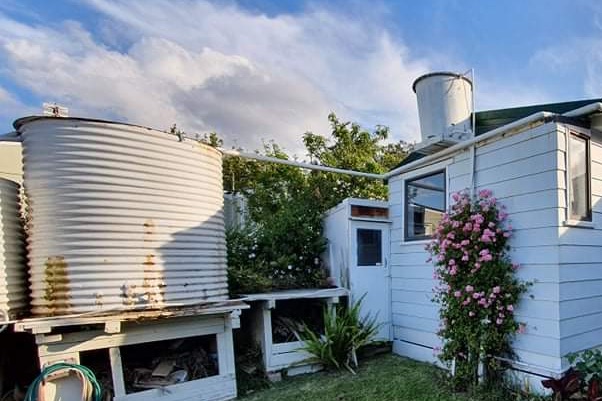
Additionally, we highly recommend installing a First-Flush Diverter to ensure that dangerous particles from the roof do not enter the storage tank in the first place.
However, a “dry” rainwater collection system is not suitable for every house. In general, it is an uncomplicated and easy-to-install system. It is ideal for properties where the water tank is close to the building, and aesthetic considerations play a subordinate role. The size of the house and the roof also play a role in deciding which system to use.
Rainwater collection system in NZ
Do you want to retrofit your existing rain collecting system? Or do you want to design a new rainwater catchment system from scratch? Aqua Works knows how to efficiently collect rainwater, safely store it, and make it fit for human consumption.
Your Perfect Rainwater Collecting System
In New Zealand, a rainwater harvesting system is a well-established way of obtaining water for domestic purposes and, in particular, drinking water. There is enough rainfall throughout the year in the Rodney region, South Kaipara, but also in rural areas in North Auckland, Northshore and West Auckland. If your collect and store your rainwater correctly, it provides a sustainable water source. With simple but effective methods and quality products, you can avoid contamination and get excellent water quality. This way, your rainwater gets fit for purpose and is determined as potable water.
Get in touch if you are in the Mahurangi region and your home with a rain catchment system is in Warkworth, Kaipara Flats, Snells Beach, Sandspit, Algies Bay, or Martins Bay.
Do you already have a rain harvesting system in NZ and want to retrofit it?
Our technical team has long term experience and will give you the best advice to upgrade your existing rain collecting system. Our service technicians will come to your property if you live rural in Dairy Flats, Coatesville, Riverhead, Kaukapakapa. After conducting an in-depth check (Warrant of Fitness) of your rainwater catchment system, we will advise you comprehensively onsite and make a detailed offer. We will apply tested and proven products to ensure that you have safe and potable water from every tap in your home.
Get a Warrant of Fitness for your rainwater collecting system
The regular maintenance of your rain harvesting system is crucial. At Aqua Works, we carry out a Warrant of Fitness to guarantee E coli free drinking water. During this process, we inspect the entire system, starting on your roof, checking the gutters, downpipes, first flush diverter, and pre-filters. Our service technician will simultaneously service your water pump and UV filter/whole house filtration system. With a WoF from Aqua Works, you can lay back and enjoy E.Coli free, safe drinking water.
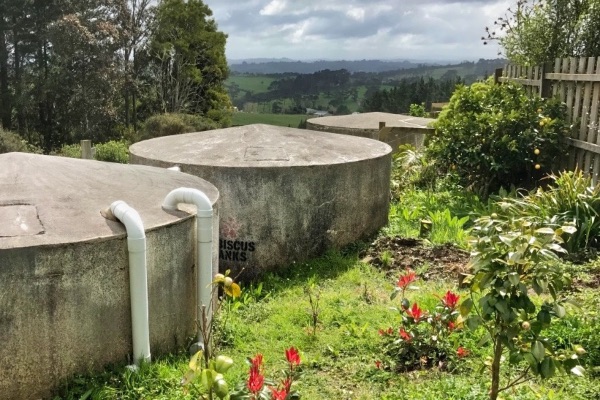
Design your individual rainwater catchment system with Aqua Works
Do you live on the Matakana Coast in North Rodney and do not have a rain harvesting system? The first step is to talk to our experts at your premises or at our showrooms in Warkworth. Our team will show you what is possible, advise you professionally and find the best solution for your individual requirements. Whether you live in Leigh, Omaha, Point Wells, Tawharanui or Matakana, we will come to your home before starting to plan your rainwater catchment system. Ultimately, we support you to realise your ideas with tested and proven products and our vast experience in professional water treatment for residential and commercial applications.
Experience and technical knowledge for the best rain harvesting system
First, we get a detailed picture of your premises onsite. It is essential for us to understand your individual water requirements for our planning. What volume do you need during the year, depending on the seasons? What do you want to use your collected rainwater for? Usually, the purpose of a rainwater catchment system in NZ is to obtain drinking water. However, there are various filter options throughout the whole system for the stored water to be fit for purpose and therefore considered potable. We only recommend high-quality products to ensure that you get safe and healthy drinking water.
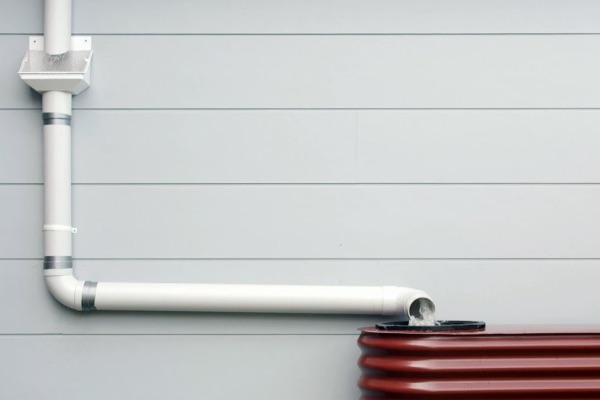
Rainwater Harvesting, System Products
Aqua Works supplies, installs and services everything you need for your rainwater harvesting system. If you cannot find what you are looking for, please call us on 0800 AQUA UV and we will help you!
Rain Head
Leaf Eater
First Flush Diverter
Wet/Dry Valve
Down Pipe Diverter
Water Diverter
Pre Tank Filters
Maelstrom
Calmed Inlet
Floating Off Take Valve
Floating Outtake
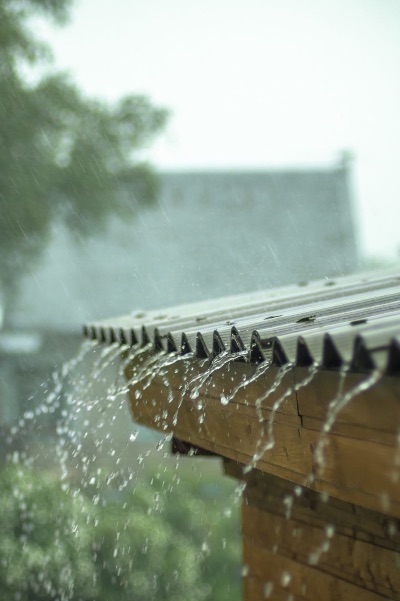
Tank Screens
Solar Shields
Tank Cover
Tank Overflows
Air Gaps
Flap Valves
Post Tank Filters
UV Filter
Ozone Water Treatment
Tank Level Gauches
Rainwater harvesting system with Aqua Works
Our expert team will come onsite and give you the best advice for your rainwater collection system based on your pipework and personal requirements, whether it is a wet rain harvesting system or a dry system.
Water is the elixir of life and our passion
Exceptional support for our water filtration customers
20+ years of experience in Rodney means Aqua Works is your local water filtration expert. Our knowledge of the community and the region we live in, combined with our passion for clean drinking water, is the foundation for our daily work. We offer customised water solutions supporting you to meet your personal needs and individual budget. Our connected, smart product range enables you to master the water in your home. At the same time, it ensures the best purification of your water for healthy, tasty water enjoyment.
As a purpose-driven, local family business, we support you in your decision making by sharing our knowledge about your water resources. This way, we help you to be informed, so you can make great decisions empowering your families health and well being. The protection and provision of safe, potable drinking water in our lives is paramount to all of us. Aqua Work’s water filtration systems, UV filter purification, water treatment, ozone systems, and water pumps give you peace of mind to have a quality trusted, safe system.
Going the extra mile at Aqua Works is what we do to ensure your water is healthy and fit for its purpose. Hence, all our water treatment products are field tried-and-tested, including innovative products and solutions. Do you need help with UV filters, water filtration systems and water pumps or our high-quality UV filter service, water pump repairs or water pump service? Give us a call today at 0800 AQUA WORKS. As we often say, “If you don’t have a filter – You are the filter”.
And if something happens spontaneously, call our 24/7 water pump emergency service at 0212 787 427. We will take care of your problem immediately and make sure that the water in your home is running again as quickly as possible.
